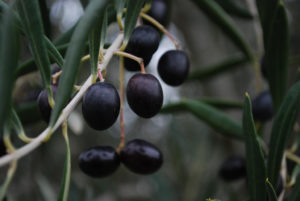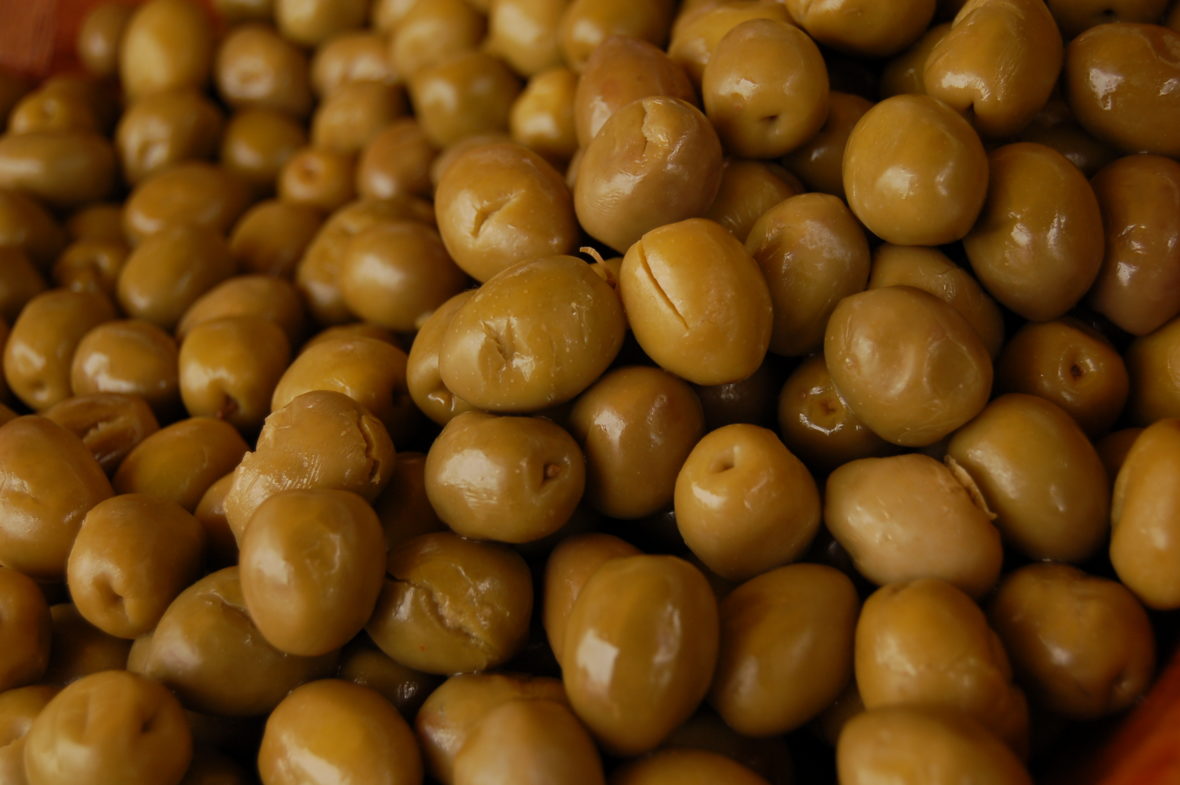The olive, known by the botanical name Olea europaea, meaning “European olive,” is a species of small tree in the family Oleaceae, found in the Mediterranean Basin from Portugal to the Levant, the Arabian Peninsula, and southern Asia as far east as China. Take a look below for 28 more interesting and fascinating facts about olives.
1. Olives are of major agricultural importance in the Mediterranean region as the source of olive oil. It’s one of the core ingredients in Mediterranean cuisine.
2. The word “oil” in multiple languages ultimately derives from the name of this tree and its fruit.
3. Fossil evidence indicates that the olive tree had its origins about 20 to 40 million years ago in the Oligocene region corresponding to Italy and the eastern Mediterranean Basin.
4. The edible olive seems to have coexisted with humans for about 5,000 to 6,000 years, going back to the early Bronze Age.

5. The olives origin can be traced to the Levant based on written tablets, olive pits, and wood fragments found in ancient tombs. At least one cookbook writers notes that the most ancient evidence of olive cultivation is found in Lebanon, Syria, Palestine and Crete.
6. As far back as 3000 BC, olives were grown commercially in Crete and they may have been the source of the wealth of the Minoan civilization.
7. Olives are not native to the Americas. Spanish colonists brought the olive to the New World, where its cultivation prospered in present day Peru and Chile.
8. The first olive seedlings from Spain were planted in Lima by Antonio de Rivera in 1560.
9. Spanish missionaries established the olive tree in the 18th century in California. It was first cultivated at Mission San Diego de Alcala in 1769 or later around 1795.
10. As of 2005, there are an estimated 865 million olive trees in the world today and the vast majority of these are found in Mediterranean countries, with traditionally marginal areas accounting for no more than 25% of olive-planted area and 10% oil production.
11. Extra virgin olive oil contains the anti-inflammatories oleocanthal and oleuropein, which may be the main reason for its health benefits. A recent study showed that a Mediterranean diet, supplemented by additional extra virgin olive oil or nuts, helped reduce the risk of major cardiovascular events in high risk people.

12. Olive oil is a source of vitamin E, which is a natural antioxidant that can help promote healthy skin, and also vitamin K, which is important for normal blood clotting.
13. 98% of the world’s olives are grown in countries participating in the International Olive Council, which strictly regulates olive oil production. However, the United States is not a member of the IOC and the U.S. Department of Agriculture doesn’t legally recognize its classifications.
14. The University of California estimates that 69% of extra virgin olive oils in the United States are fake.
15. Olive trees can live between 300 and 600 years. Some trees have even lived more than 1,000 years and still produce olives.
16. As part of their bathing process, Romans would wet their bodies and then cover themselves in ash and pumice before adding olive oil. Using a curved tool called a strigil, they’d scrape away the dirt and grime from their skin.
17. Olive trees are evergreen plants. They can reach 26 to 49 inches in height. The crown is well branched and rounded in shape. The biggest type of olive tree is called “donkey olive”, and the smallest type is called “bullet.”
18. Olive trees have oval-shaped, elongated leaves. They’re leathery, grayish green on the upper side and whitish on the lower side.

19. Olive trees have small, white flowers arranged in clusters. The flowers have a feathery texture and a nice odor.
20. Olive trees start to bloom after 4 years. The first harvest can be expected after 15 years.
21. the color of the fruit depends on its maturity. Unripe olives are green. Ripe olives are dark purple to black in color.
22. Olives can’t be eaten directly from the tree. Harvested olives need to be processed with brine before they can become tasty.
23. Out of all harvested olives, 90% will be turned into oil, and only 10% will be used as table olives.
24. People around the world consume 2.25 million liters of olive oil each year. Olive oil is much healthier and has a more delicate flavor compared to regular vegetable oils.
25. The olive branch is a symbol of peace. People used olive branches to declared truce by giving it to their enemies. Olive branches were also used for crowning champions in past Olympic Games.
26. The United Nations and four states in the United States have olive branches on their flags.

27. The 2,000 year old Bidni olive trees, which have been confirmed through carbon dating, have been protected since 1933, and are also listed in UNESCO’s Database of National Cultural Heritage Laws.
28. Several olive trees in the Garden of Gethsemane in Jerusalem are claimed to date back to the purported time of Jesus.





2 Comments
Pingback:
March 13, 2018 at 11:25 amPingback:
March 13, 2018 at 1:30 pm